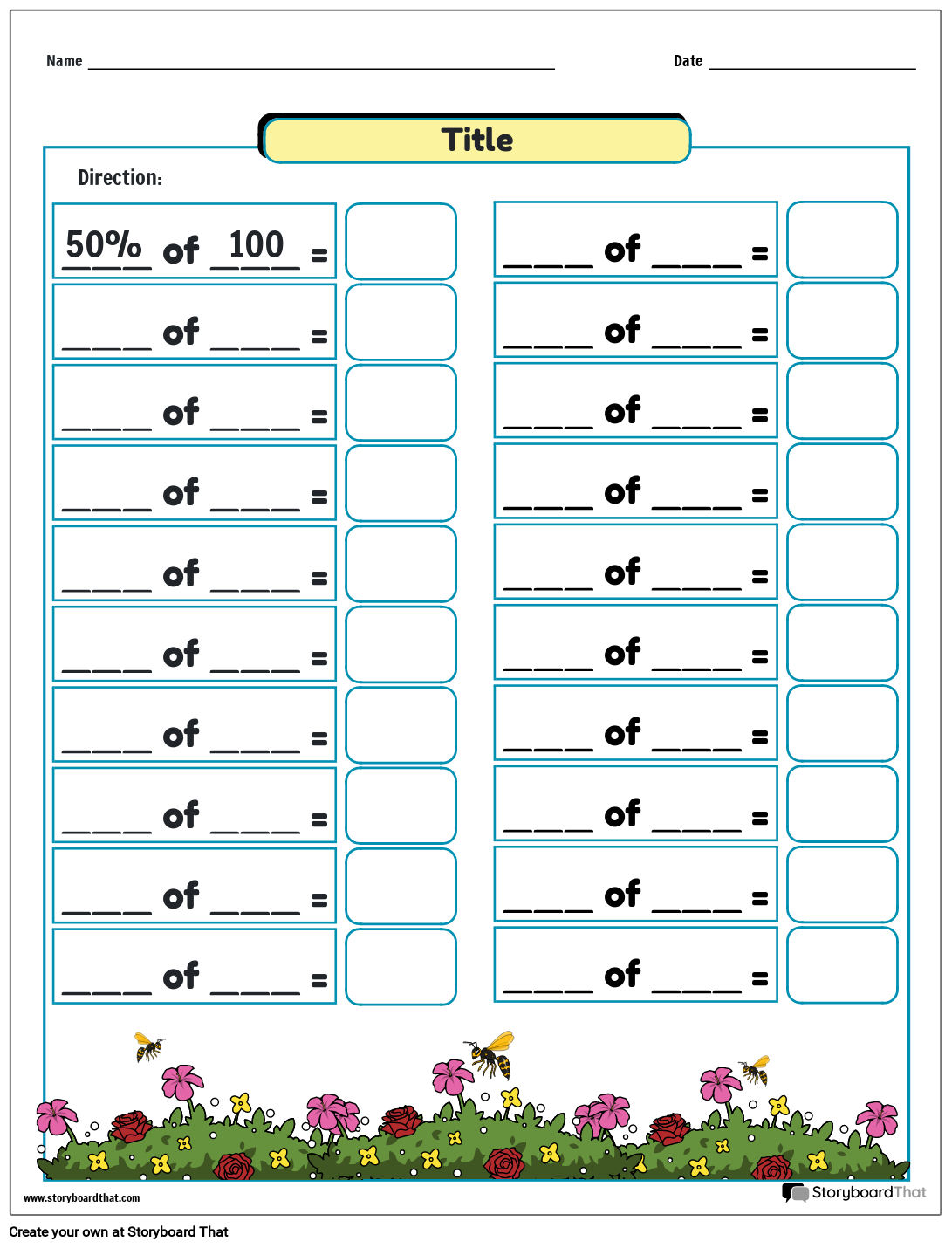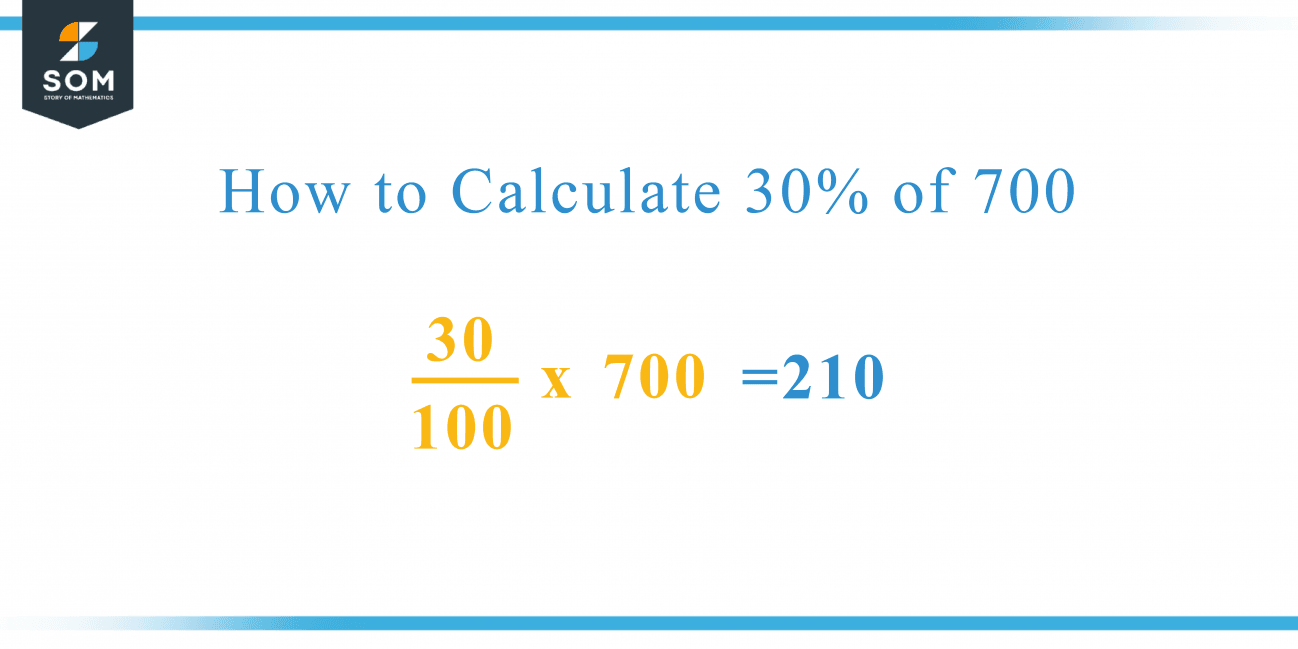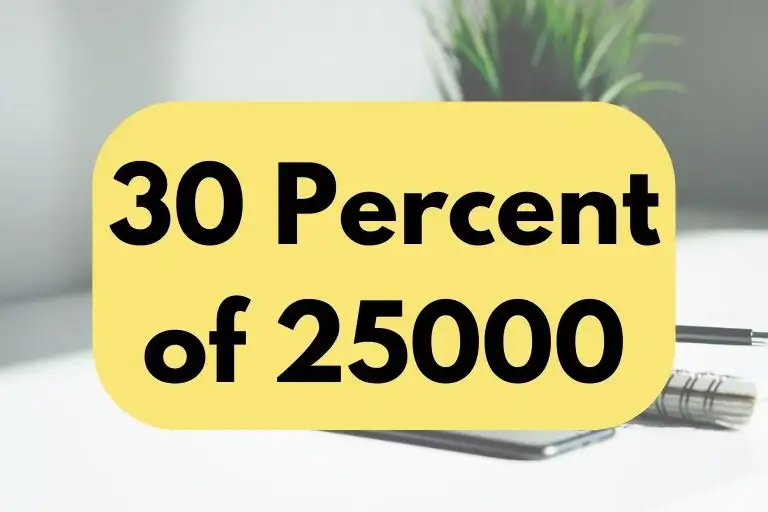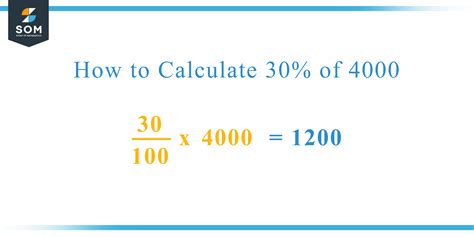What Is 30 Percent Of 2200

The aroma of freshly baked bread mingled with the cheerful chatter of Saturday morning at the local farmer's market. Sunlight streamed through the canvas awnings, illuminating vibrant displays of fruits, vegetables, and artisanal crafts. A young mother, brows furrowed in concentration, stood before a chalkboard displaying the price of organic strawberries: $22.00 per pint. Her son tugged at her sleeve, eager for a sweet treat, while she mentally calculated a discount she'd seen advertised – "30% off all berries!"
At its core, determining 30% of 2200 is a simple arithmetic problem, yielding the answer 660. But the underlying concept resonates far beyond a single calculation. It's about understanding percentages, a fundamental skill applicable across countless facets of daily life, from personal finance to business decisions.
Percentages are ubiquitous. They're splashed across storefront windows advertising sales, embedded in financial reports detailing investment returns, and even feature in health statistics describing the efficacy of medical treatments. Understanding how to calculate percentages, therefore, is a crucial skill for navigating the modern world.
The History and Significance of Percentages
The concept of percentages has its roots in ancient Rome. As early as the Roman Empire, taxes were often calculated on the basis of a fraction of goods sold. This practice evolved into the use of hundredths, or "per centum" in Latin, which literally translates to "out of one hundred."
By the 15th century, with the rise of commercial arithmetic, percentages became a standard tool for merchants and traders. The need for standardized methods of calculating profit margins, interest rates, and taxes spurred the widespread adoption of percentages throughout Europe.
Today, percentages are integral to a wide array of disciplines. In finance, they're used to express interest rates, investment returns, and market fluctuations. In statistics, they help analyze data, compare populations, and determine probabilities. And in everyday life, they guide our spending habits, inform our decisions, and shape our understanding of the world around us.
Calculating 30% of 2200: A Step-by-Step Guide
There are several ways to calculate 30% of 2200. One of the most straightforward methods involves converting the percentage into a decimal. To do this, simply divide the percentage by 100. In this case, 30 divided by 100 equals 0.30.
Next, multiply the decimal (0.30) by the original number (2200). The equation looks like this: 0.30 x 2200. This calculation yields the result 660.
Therefore, 30% of 2200 is 660. This means that if you were to receive a 30% discount on an item priced at $2200, you would save $660. Alternatively, if you were to earn 30% interest on an investment of $2200, you would gain $660.
Alternative Calculation Methods
Another way to approach this problem is to break down the percentage into smaller, more manageable parts. For example, 30% can be viewed as the sum of 10% + 10% + 10%. Calculating 10% of 2200 is relatively simple: just divide 2200 by 10, which equals 220.
Since 30% is equal to three times 10%, you can multiply 220 by 3. This calculation, 220 x 3, also results in 660. This method can be particularly useful for mental calculations or when you don't have access to a calculator.
Furthermore, understanding fractions can also provide a quick way to estimate percentages. 30% is approximately equal to the fraction 1/3. So, a reasonable estimate of 30% of 2200 would be one-third of 2200, which is roughly 733. While not precise, this method provides a useful benchmark for quickly assessing the reasonableness of a percentage calculation.
Real-World Applications of Percentage Calculations
The ability to calculate percentages has countless practical applications. Imagine you're shopping for a new laptop and see a model priced at $1500 with a 15% discount. Calculating the discount amount (15% of $1500) helps you determine the final price you'll pay.
Or, consider tracking your personal finances. You might want to calculate what percentage of your income goes toward rent or mortgage payments. By dividing your monthly housing expenses by your monthly income and multiplying by 100, you can gain valuable insights into your spending habits.
Percentages are also essential for understanding investment returns. If your investment portfolio increased in value by 8% over the past year, you can calculate the actual dollar amount of your gains by multiplying 8% by the initial value of your portfolio.
In the business world, percentages play a crucial role in market analysis. Market share, a key metric for evaluating a company's performance, is often expressed as a percentage. Similarly, businesses use percentages to calculate profit margins, track sales growth, and assess the effectiveness of marketing campaigns.
Even in healthcare, percentages are used extensively. Doctors use percentages to communicate risks associated with medical procedures, to track the prevalence of diseases in a population, and to report the success rates of different treatments.
Common Mistakes and How to Avoid Them
While calculating percentages is generally straightforward, certain common mistakes can lead to inaccurate results. One of the most frequent errors is confusing the base number. For instance, when calculating a percentage increase or decrease, it's crucial to identify the original value correctly.
Another common mistake is forgetting to convert percentages into decimals before performing calculations. Failing to do so can result in significantly inflated or deflated numbers.
Finally, it's essential to double-check your work. Whether you're using a calculator or performing calculations manually, taking a moment to review your steps can help prevent errors and ensure accurate results.
The Power of Understanding Percentages
Understanding how to calculate percentages empowers you to make informed decisions in all aspects of your life. Whether you're evaluating a financial investment, comparing prices while shopping, or analyzing data at work, a solid grasp of percentages provides a valuable advantage.
Beyond the immediate practical benefits, understanding percentages also fosters a deeper sense of numeracy and critical thinking. It equips you with the tools to analyze information, question assumptions, and draw informed conclusions.
So, the next time you encounter a percentage in the wild, remember that it's more than just a number. It's a gateway to a deeper understanding of the world around you. And remember, 30% of 2200 is 660 - a simple calculation with surprisingly far-reaching implications.


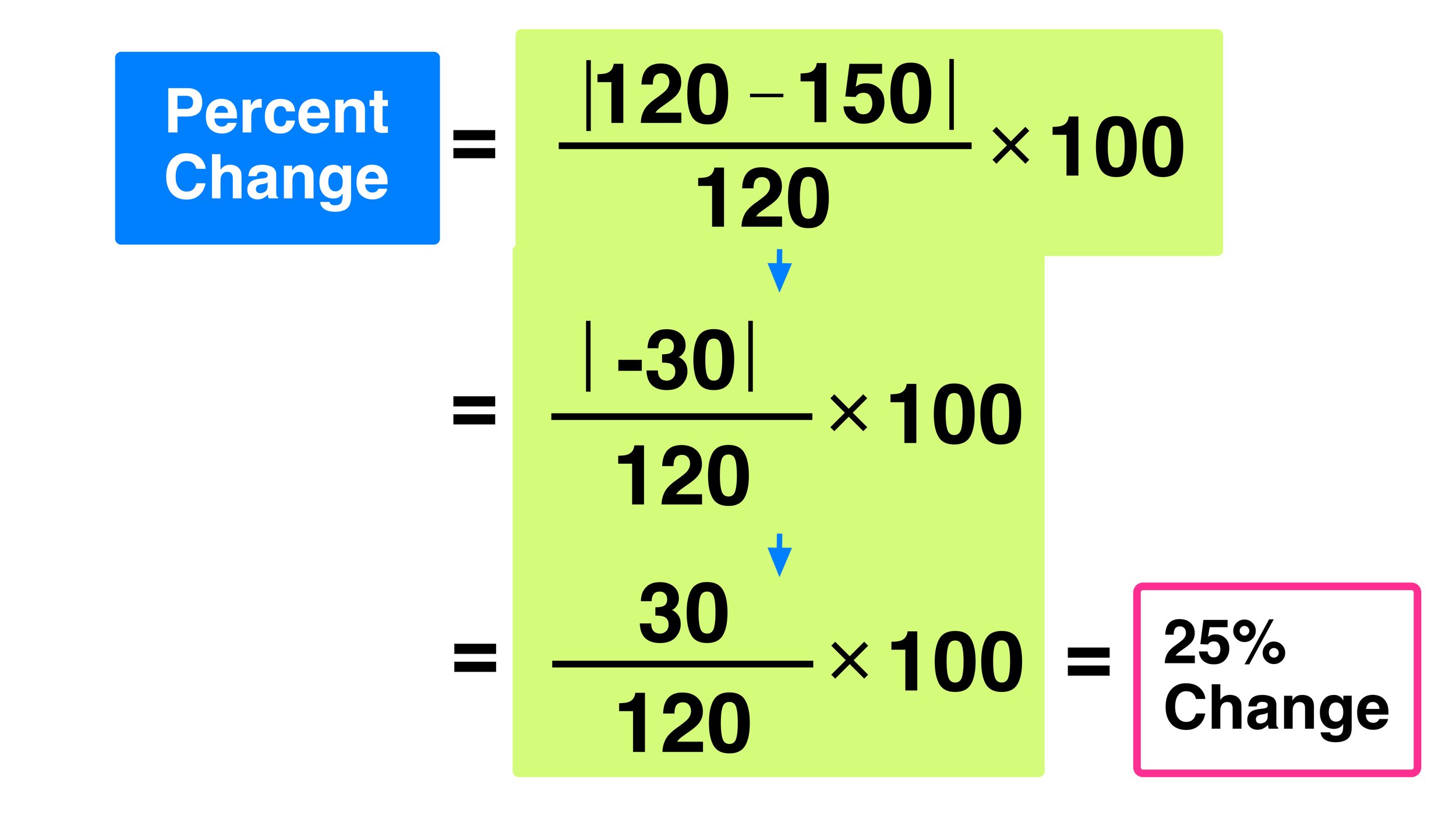

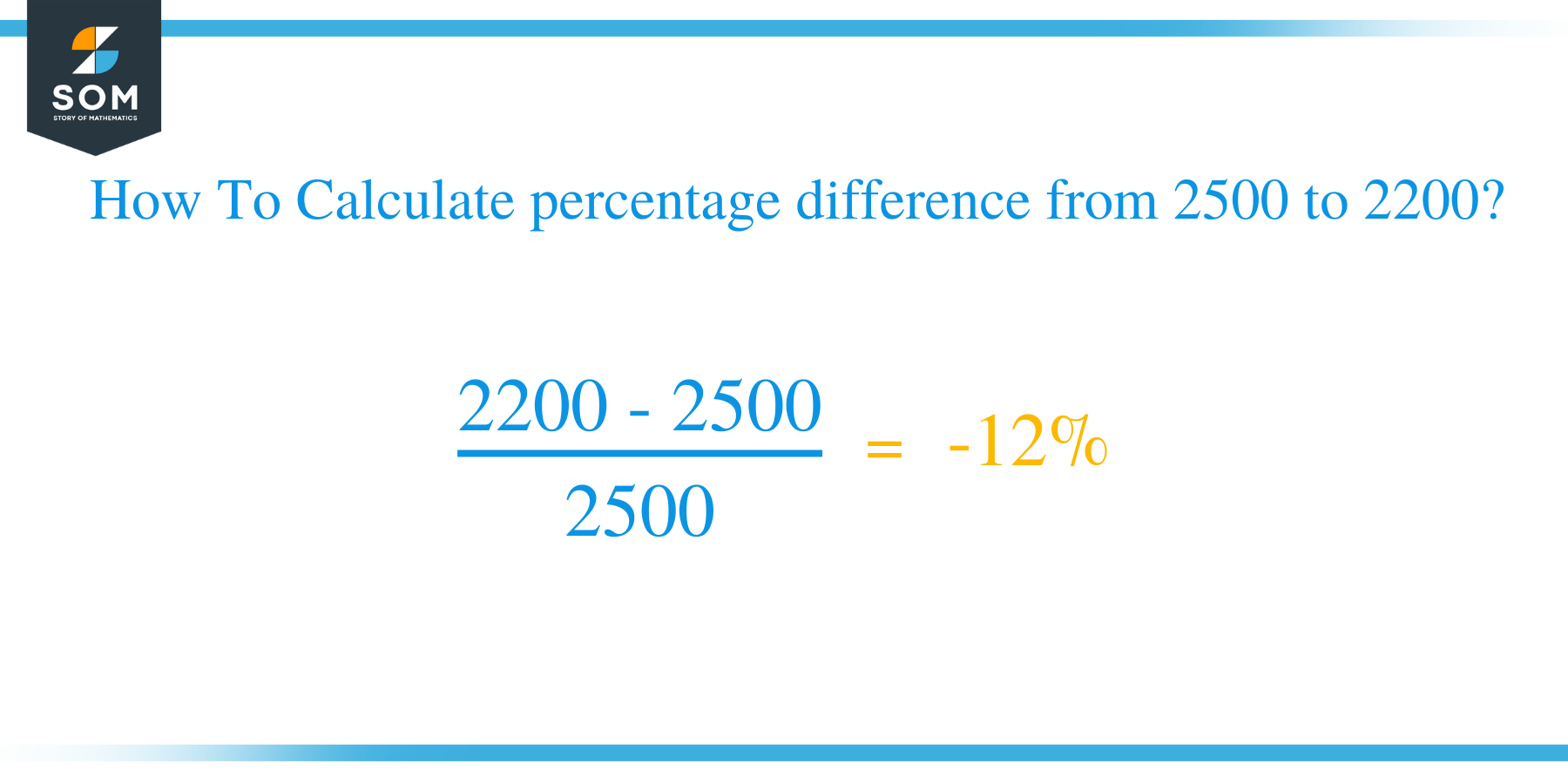
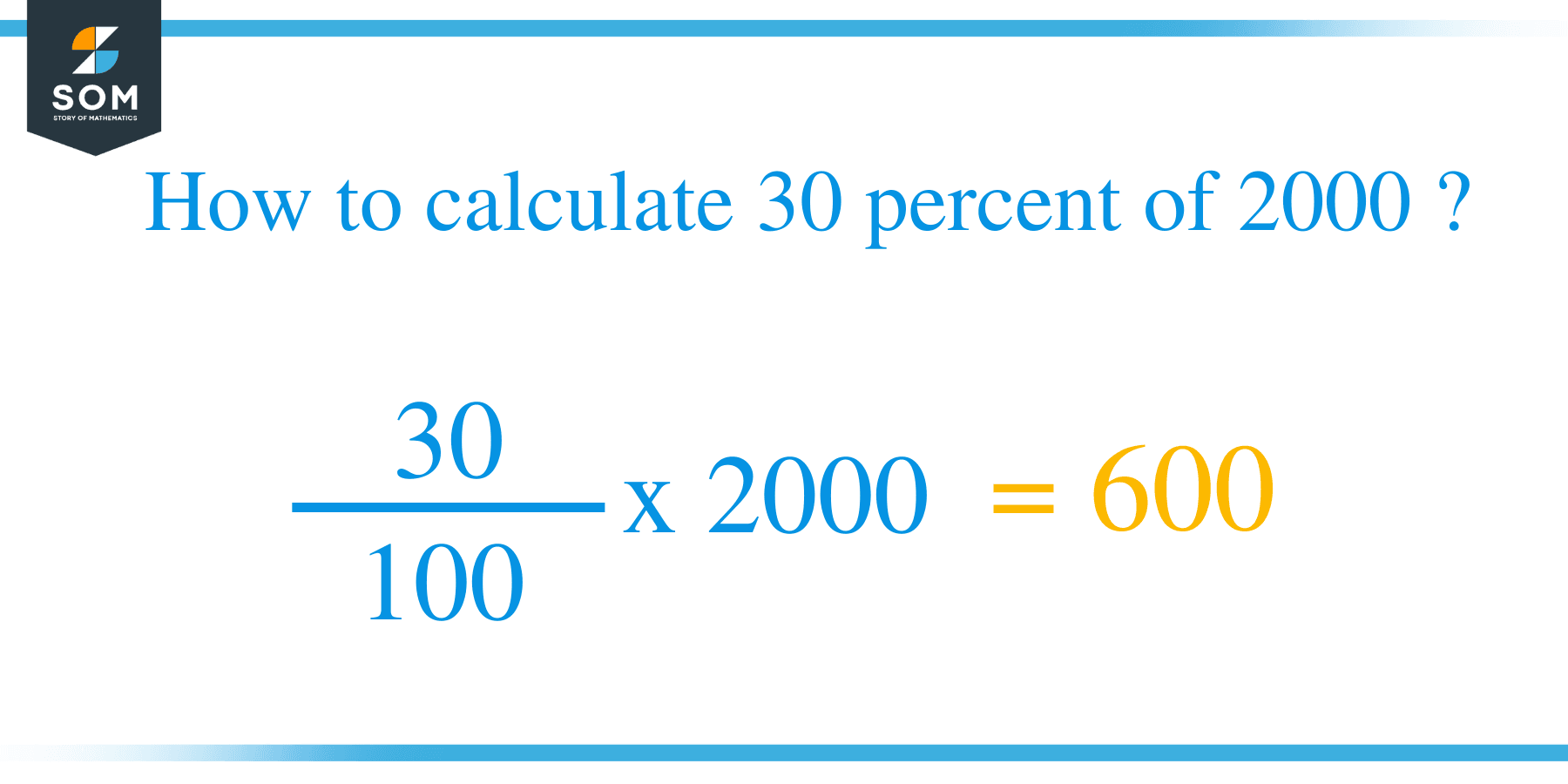
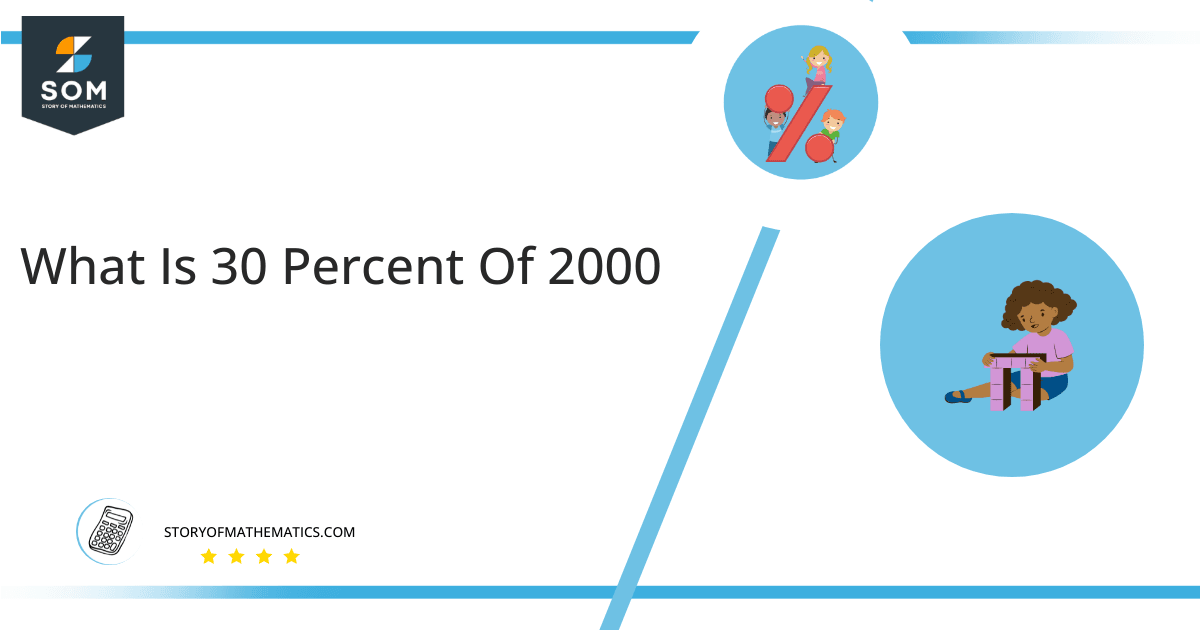
![What Is 30 Percent Of 2200 What is 30 Percent of 100? =30[Solved]](https://timehackhero.com/wp-content/uploads/2024/01/What-is-30-Percent-of-100-30Solved-768x576.png)


